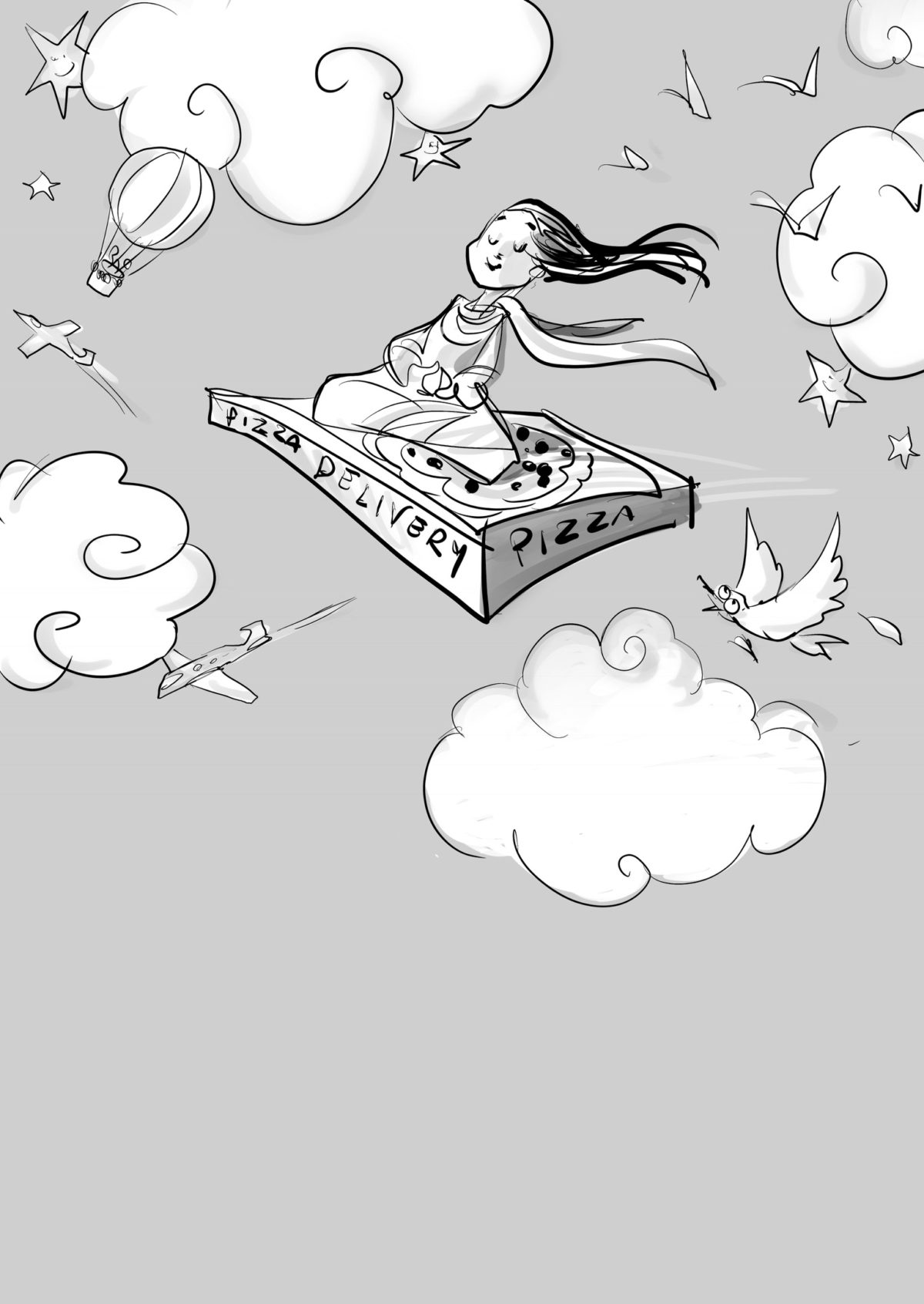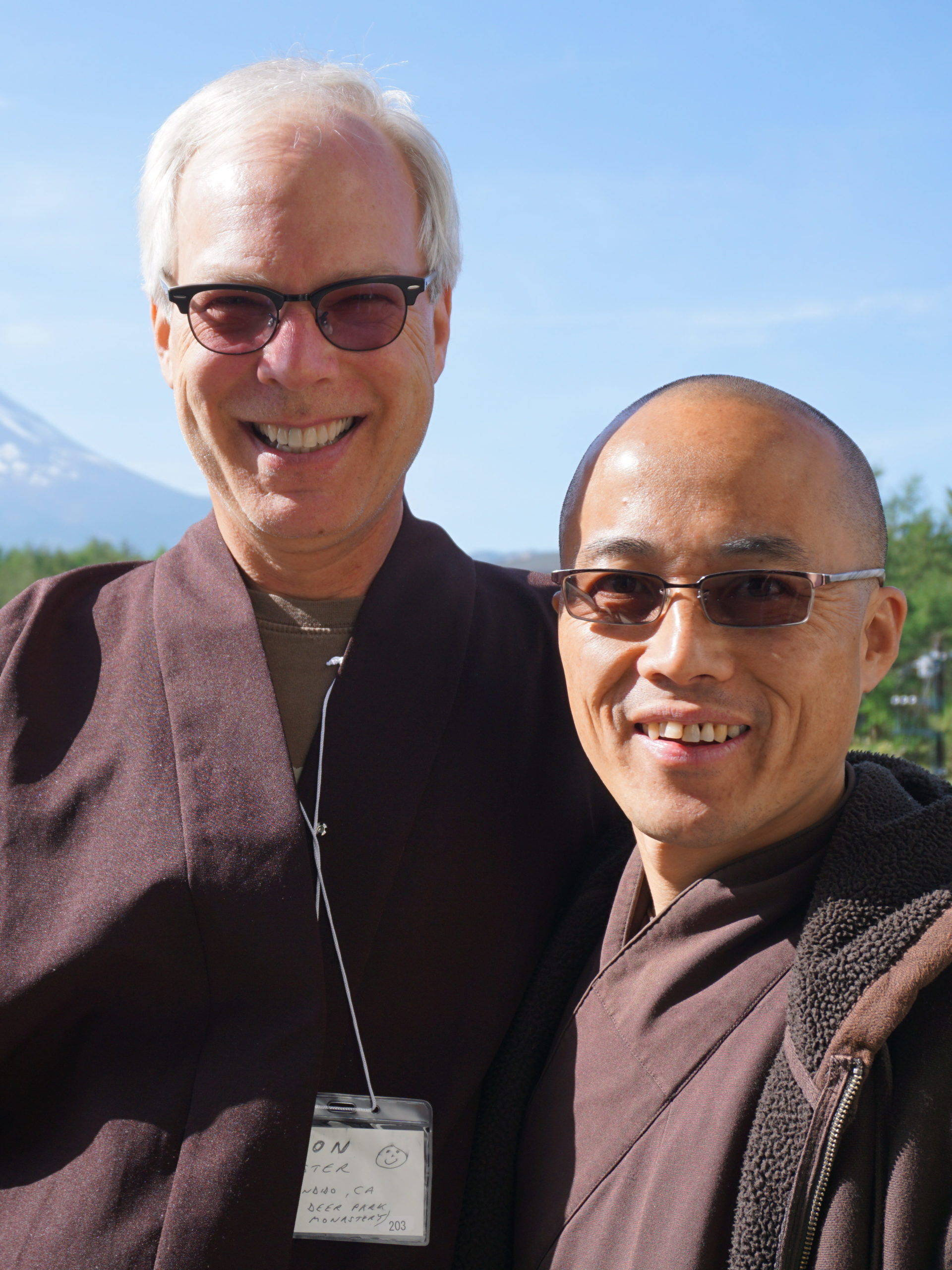By Ron Forster

Look with loving kindness, a gatha I said to myself daily, came to mind as I walked from the parking lot to my office at Hewlett-Packard. It was Monday morning in April 2004. I felt the ease of having been at Deer Park Monastery the day before, but the issues of the week came to mind.
By Ron Forster

Look with loving kindness, a gatha I said to myself daily, came to mind as I walked from the parking lot to my office at Hewlett-Packard. It was Monday morning in April 2004. I felt the ease of having been at Deer Park Monastery the day before, but the issues of the week came to mind. Though I had prepared for this busy week, I knew my priorities and plans were likely to change quickly. I vowed to approach it with “no mind,” by being the calm lake reflecting all. That lasted about three minutes after I arrived, and then wave after wave of crises rolled in. Conflicts, misunderstandings, dilemmas—it seemed to take every tool in my Dharma kit to make it through the day. The busy office was my practice environment where feedback was immediate—a wonderful place to grow my practice.
Each week I went back to my work life and sought how to apply the practice. As a product manager in a high-tech company, I had a great deal of responsibility. We worked in a fast-paced, competitive environment, but there was also time to breathe. Walking to meetings and waiting for conference calls were moments when I could practice at work. There were also plenty of opportunities for deep listening. I tried bringing a new approach, look with loving kindness, by reflecting that my coworkers did their best to do the right thing. This shift of focus, assuming that everyone had good intentions, helped ease tension and foster more open sharing.
Deer Park Monastery appeared in our town in 2000, but it took my wife and I several years to discover it. As we began practicing with the monastics and lay community, we tried to reconcile their teachings with our work life by asking Brother Phap Dung: “How can we live in the present moment and plan for the future?”
He advised us, “Let go of your notions, especially the ones where you know you’re right.” Doing so was a challenge, but it changed the whole tone of my encounters at work. Rather than starting meetings by sharing my view of an issue, I asked the people present to share their perspectives. I facilitated these discussions to assure that each person could share their view without interruption. This method of conversation fostered a new level of respect among my colleagues and I, and our sense of teamwork grew. It was interbeing at work!
Letting go of my preconceived notions also helped me overcome my dread of difficult tasks. I encouraged myself to just take a few initial small steps into the endeavor I usually avoided, and most often I found that my fears were unfounded. With one mindful step after another, I progressed through the most difficult situations, like a farm tractor plowing in low gear. The simple joy of doing the work was very satisfying. Concentrating only on the task at hand gave me a calm space of mindfulness even in turbulent days.
As our organization grew, we relied more and more on email rather than face-to-face communication. This opened the door to numerous misunderstandings. One team member typically wrote abrupt messages, which led others to think she was difficult and unpleasant. By practicing “Am I sure?” I made it a point to call her and understand the intent of her messages before reacting to them. Most often she was good-natured and was just in a rush or had not thought through how her writing might be misinterpreted.
I led a team of people from many different parts of our organization: product development, manufacturing, marketing, and sales. When conflict or disagreement occurred, I often drew on the wisdom of my practice. The monastics urged us to be the observers on the shore and not get swept away by thoughts or emotions. In facilitating conflict resolution, I tried to reframe the issue so that both parties stood on the shore looking at it together.
Two people on our team did not get along with each other, so we practiced having each person present the positive aspects of the other teammate’s work in meetings. This flower watering encouraged mutual appreciation.
Cultivating my own sense of ease was an ongoing challenge. Some days I felt like an air traffic controller because I coordinated so many critical tasks. By observing my thoughts, I saw that much of my repetitive thinking was devoted to maintaining a mental schedule and to-do list. I tried freeing myself from this by keeping a written list of tasks, but I was still consumed with worries about future events. Looking deeper, I realized that I had a recurring fear of not being prepared enough. I learned to embrace this fear and say, “Hello little fear, I see you there and I appreciate that you want to help me do well.” Just acknowledging my fear helped calm me and allowed me to gain perspective. I then developed a new habit energy of reassuring myself through self-metta that I can and will do well in working through my challenges. As part of that same practice, I reminded myself that those around me also want me to do well.
Other realms of my work were daunting to me. Presentations at management meetings and conferences were a regular part of my job, but they were not easy for me. I joked with friends that I was one of those people who feared public speaking more than I feared death. I confided my apprehension to a Dharma teacher, and she said, “Please realize that you have a gift to share, and the audience is looking forward to receiving it.” This shifted my outlook to one of excitement rather than fear.
As my career and responsibilities advanced, I had to work evenings and weekends more and more just to keep up. I was recommended for a promotion that required me to devote even more of my life to my job and to be away from home for business trips. There was an ingrained expectation at the company that I should keep climbing the corporate ladder, but it didn’t feel right to me. I talked with Brother Phap Dung about my situation, and he asked me a simple question in response: “Why do you want to do that?” His question showed me that I had a choice and that I could be content with what I already had. As a result, I became more selective of my work assignments and more in touch with how I wanted to live my life.
My practice has helped me balance both sides of the economic equation: finding joy in work and reducing my need to work by lessening my material consumption. My wife and I are now retired, but we happily use our work skills as volunteers for the Thich Nhat Hanh Foundation and for local environmental groups. We continue to have many opportunities to apply our practice and learn as we work.

Ron Forster, True Ocean of Courage, is currently the cochair of the Thich Nhat Hanh Foundation Board and marketing chair for the Escondido Creek Conservancy. Ron was a marketing product manager at Hewlett-Packard from 1980–2010. He lives in Escondido, California, and practices with the Really Beneficial Sangha.

